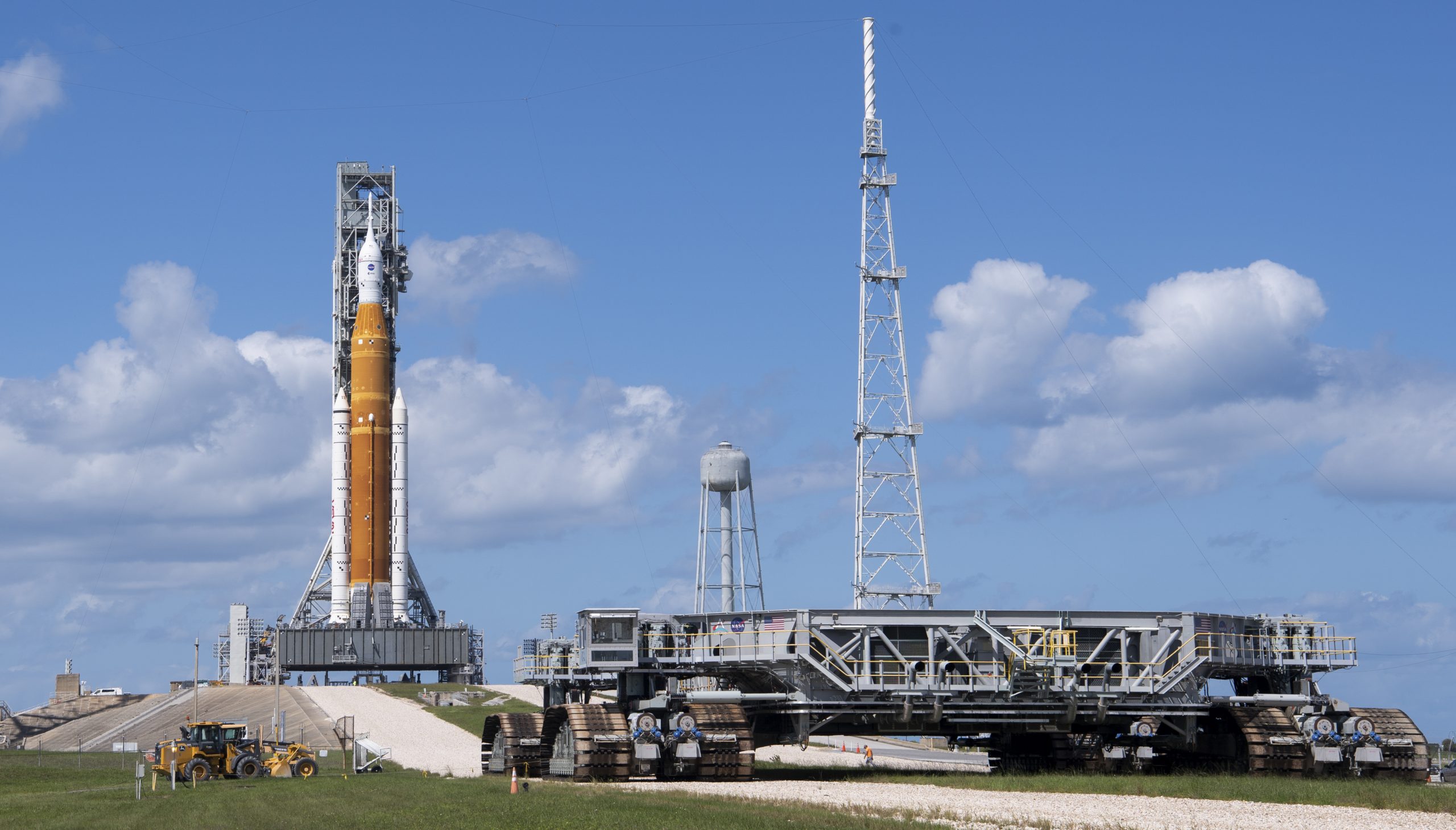NASA announced Wednesday that it has scheduled the launch for Artemis 1 on Nov. 14 at 12:07 a.m. Eastern time.
This comes after the launch has been delayed three times for various reasons. Most recently, the mission to the moon was set to begin on Sept. 27 but was delayed due to Hurricane Ian, which made landfall that same week. The Artemis 1 322-foot rocket was even removed from the launchpad and into a hangar at Florida’s Kennedy Space Center.
WATCH: NASA SAYS DART MISSION WAS ‘WATERSHED MOMENT’ TO PROTECT EARTH FROM THREATS
“Inspections and analyses over the previous week have confirmed minimal work is required to prepare the rocket and spacecraft to roll out to Launch Pad 39B at Kennedy Space Center in Florida following the roll-back due to Hurricane Ian,” a press release read. “Teams will perform standard maintenance to repair minor damage to the foam and cork on the thermal protection system and recharge or replace batteries on the rocket, several secondary payloads, and the flight termination system.”

Its rocket will be rolled out onto the launchpad on Nov. 4. There are also two backup launch windows during the 1 a.m. hour on both Wednesday, Nov. 16, and Saturday, Nov. 19.
?#Artemis I update:@NASA is targeting Nov.14 for the next launch attempt of the @NASA_SLS rocket and @NASA_Orion spacecraft from Kennedy’s Launch Complex 39B.
The rocket and spacecraft will leave the Vehicle Assembly Building as early as Nov.4.
➡️: https://t.co/wVIjL0w55g pic.twitter.com/jKZACqZ8ql
— NASA’s Kennedy Space Center (@NASAKennedy) October 12, 2022
CLICK HERE TO READ MORE FROM THE WASHINGTON EXAMINER
Artemis 1 is supposed to be “the first flight test of the integrated Orion spacecraft and the Space Launch System (SLS) rocket,” according to NASA’s website, and the unmanned rocket “will fly 40,000 miles beyond the Moon and back, demonstrating our capability to send humans to lunar orbit on the second flight test.”
